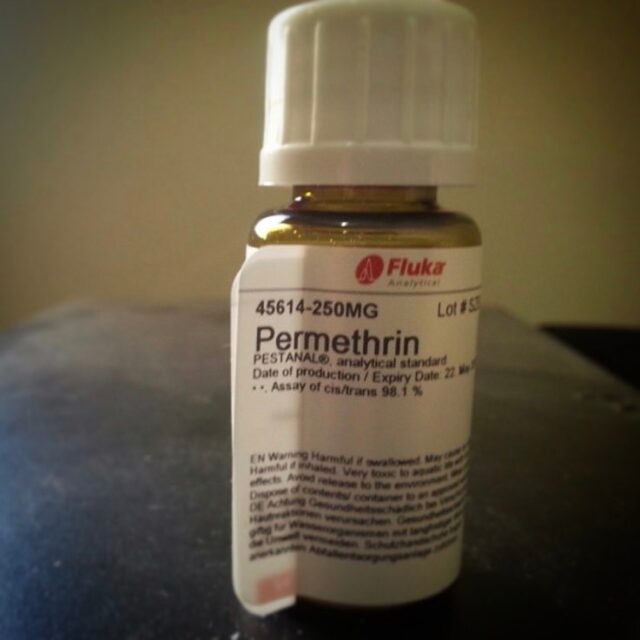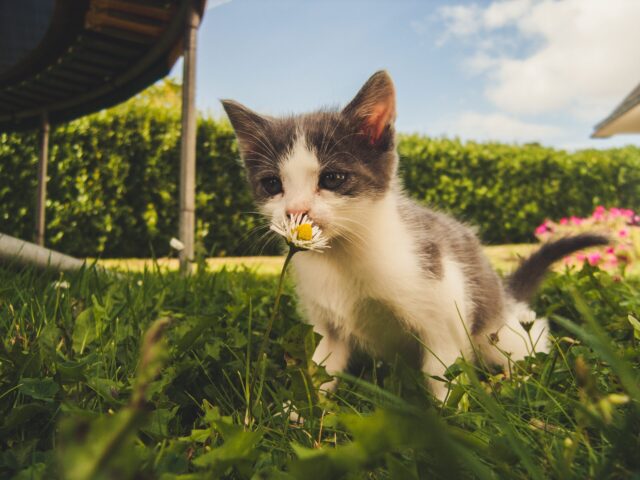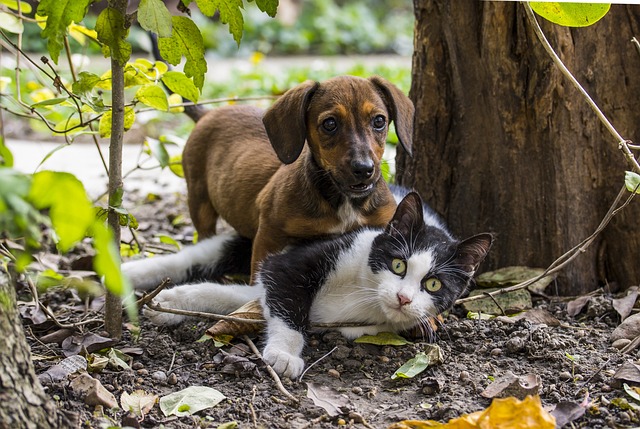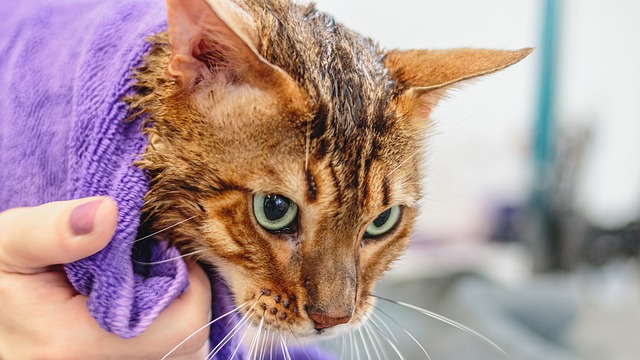Spring has officially sprung, and with the warm weather come the parasites. Even kitties that stay strictly indoors should be protected against fleas, but choosing the right product can mean more than preventing the itchy rashes and tapeworms that come along with these creepy crawlies. It can be a matter of life or death. Many of the topically applied flea preventatives made for dogs contain an insecticide that’s extremely toxic to cats.

You may already know that Chrysanthemum flowers are poisonous to kitties. They contain naturally occurring compounds called pyrethrins from which the insecticide, permethrin, is derived. The chemical is safe and highly effective in most animals, but cats are especially sensitive and reactive to it.

Permethrin toxicity is one of the most commonly reported poisonings in cats worldwide. If you are wondering how so many cats mistakenly become exposed to a chemical that is meant for use in dogs only – unfortunately, it’s quite easy. Not all permethrin products are clearly labeled as dangerous to cats. Some people see a flea product for dogs and assume it is also harmless to their cat, forgetting that the two species are very different.

Most permethrin toxicity cases occur when cats come in contact with concentrated “spot-on” treatments for dogs. Many flea collars, sprays, and shampoos also contain the chemical in lower concentrations. Permethrin-containing products are widely available over-the-counter, so use caution and seek veterinary advice before using any kind of insecticide on or around your cat!

Cats are so sensitive to permethrin that just coming into close contact with a recently treated dog can be enough exposure to cause a reaction. With many households having both dogs and cats, this is frighteningly common. Pet parents may carefully follow the instructions on their dog’s flea product, only to have their cat fall ill after snuggling or grooming the family pup.

Permethrin acts as a neurotoxin in cats, causing muscle tremors, twitching, drooling, loss of coordination, fever, dilated pupils, and uncontrolled seizures if ingested or absorbed through the skin. Signs of permethrin poisoning usually develop within a few hours, but in some cases may take up to three days.
**Warning: Some viewers may find this video disturbing. (The cat DID survive with treatment.)
Even with treatment, as many as 40% of affected cats die or are euthanized due to severity of symptoms. Immediate veterinary treatment is essential to improving the chances of recovery. If the product was applied topically, washing it away as soon as possible with warm water and mild detergent soap can prevent further absorption.

Permethrin-containing products vary by country and can be difficult to identify without clear labeling and professional assistance. To ensure your cat’s safety, please consult your veterinarian before choosing any flea or tick preventative for your family pets!
H/T to International Cat Care
